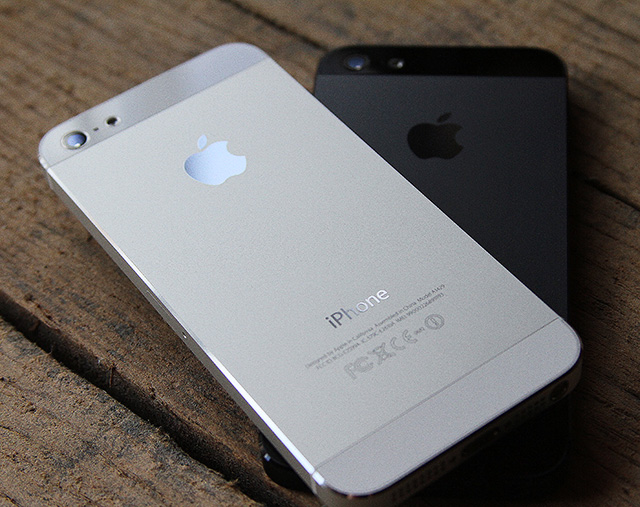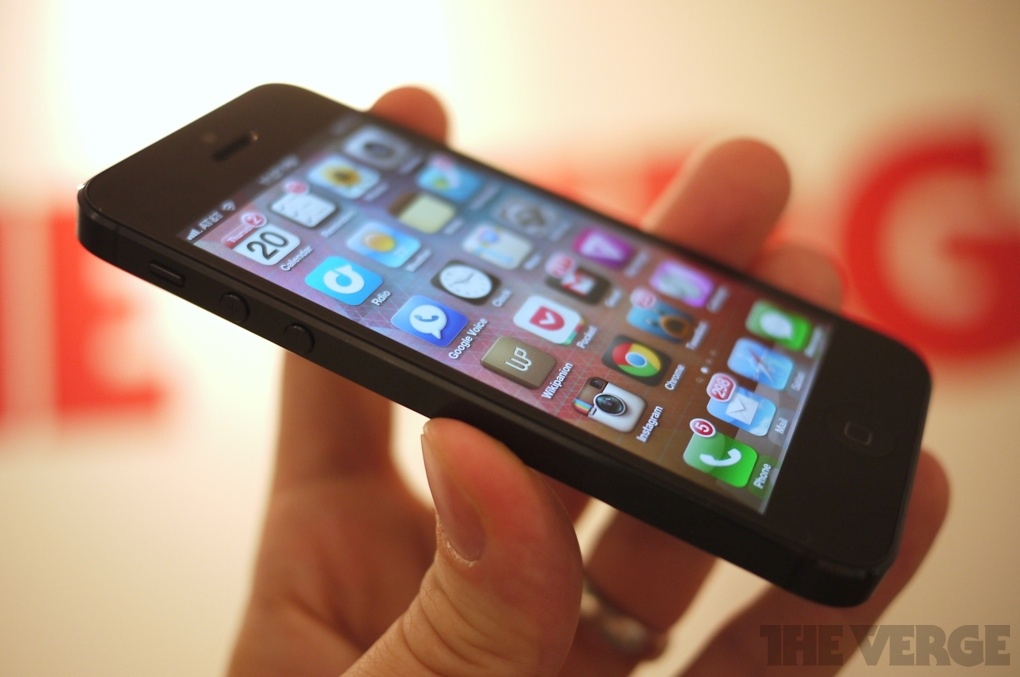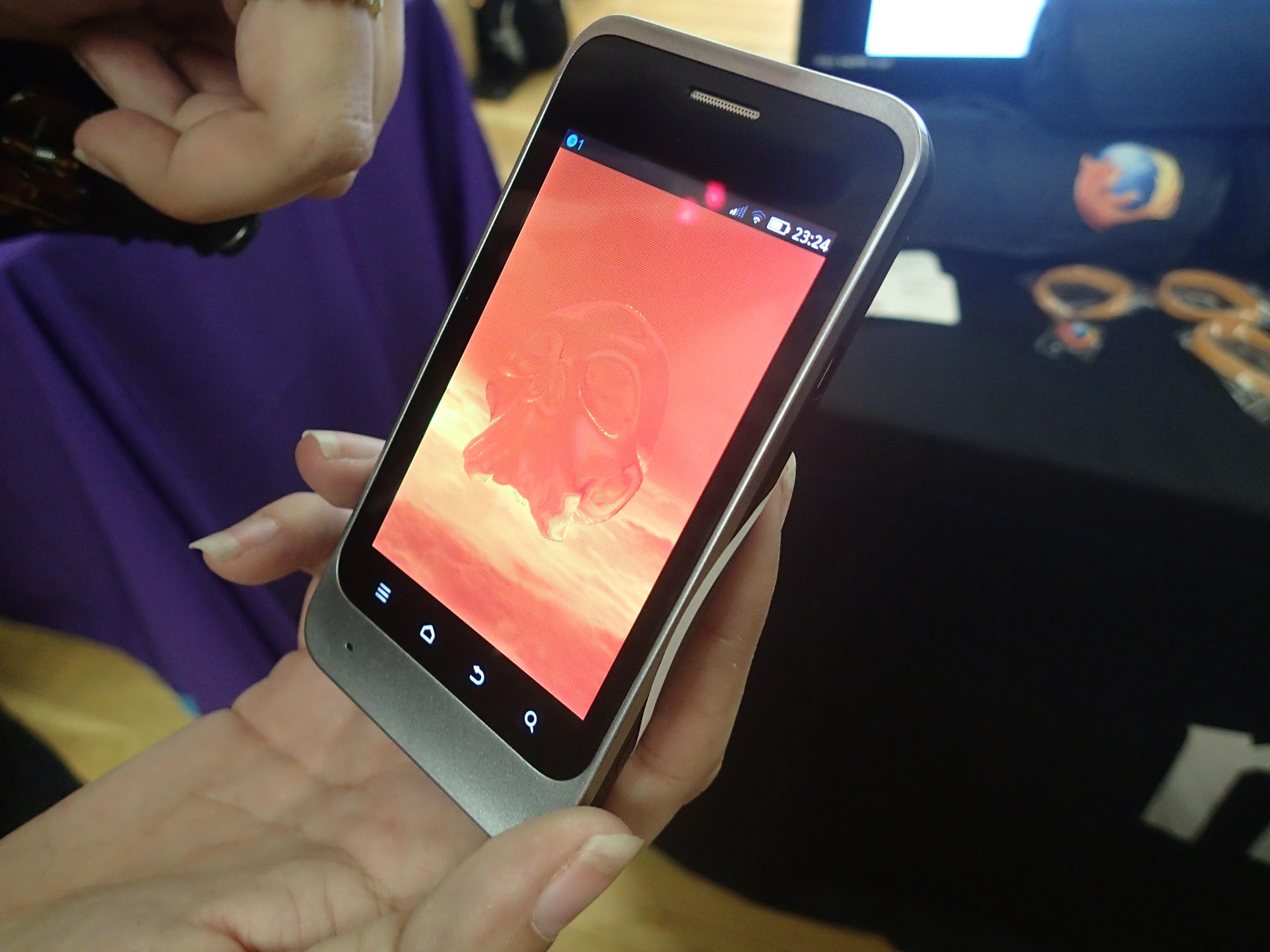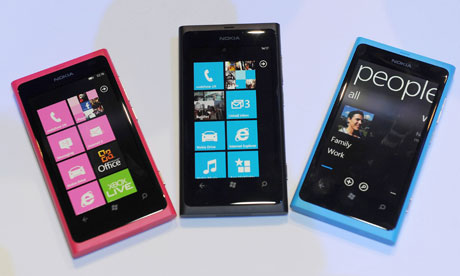iPhone 5 sales weaker than expected !!!
Apple has reportedly cut back on ordering more component parts for iPhone 5 handsets, due to 'weaker than expected sales'
Could
it be that the global appeal of Apple's smartphones is waning? A report
in the Wall Street Journal hints that this might be the case. According
to the story, Apple has cut back orders for component parts for iPhone 5
handsets due to 'weaker than expected demand' from consumers. The
article cites 'people familiar with the situation' as its sources.
The report goes onto to state the same sources state that Apple's iPhone 5 orders for the period from January to March were half as large as were originally planned for. They told the Wall Street Journal that suppliers were notified of the cut backs last month.
The news not only suggests that consumer interest in the iPhone 5 may be dropping off, but also that Apple's rivals in the smartphone market, such as Samsung and Chinese handset manufacturer Huawei are garnering more of the smartphone markeshare. The Wall Street Journal reports that Samsung, for example, has swept up 31.3 per cent of the smartphone marketshare with its Android phones, more than doubling Apple's 14.6 per cent share.
Source
The report goes onto to state the same sources state that Apple's iPhone 5 orders for the period from January to March were half as large as were originally planned for. They told the Wall Street Journal that suppliers were notified of the cut backs last month.
The news not only suggests that consumer interest in the iPhone 5 may be dropping off, but also that Apple's rivals in the smartphone market, such as Samsung and Chinese handset manufacturer Huawei are garnering more of the smartphone markeshare. The Wall Street Journal reports that Samsung, for example, has swept up 31.3 per cent of the smartphone marketshare with its Android phones, more than doubling Apple's 14.6 per cent share.
Source



















